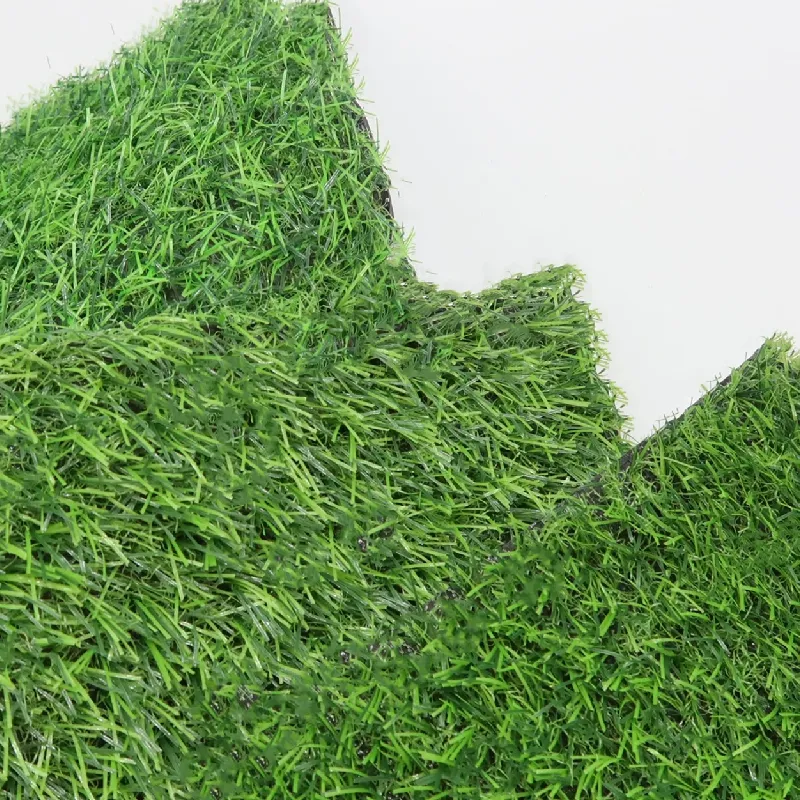
- Afrikaans
- Arabic
- Belarusian
- Bengali
- Czech
- Danish
- Dutch
- English
- Esperanto
- Estonian
- Finnish
- French
- German
- Greek
- Hindi
- Hungarian
- Icelandic
- Indonesian
- irish
- Italian
- Japanese
- kazakh
- Rwandese
- Korean
- Kyrgyz
- Lao
- Latin
- Latvian
- Malay
- Mongolian
- Myanmar
- Norwegian
- Persian
- Polish
- Portuguese
- Romanian
- Russian
- Serbian
- Spanish
- Swedish
- Tagalog
- Tajik
- Thai
- Turkish
- Turkmen
- Ukrainian
- Urdu
- Uighur
- Uzbek
- Vietnamese
Understanding the Expenses Involved in Installing Artificial Grass
Nov . 30, 2024 00:53 Back to list
Understanding the Cost of Artificial Grass A Comprehensive Guide
Artificial grass is becoming an increasingly popular choice for homeowners and businesses looking to enhance their landscaping without the ongoing maintenance associated with natural grass. This synthetic alternative offers a luxurious appearance year-round while reducing water consumption and eliminating the need for pesticides and fertilizers. However, one of the major considerations for anyone considering this option is the cost of artificial grass. In this article, we will delve into the various factors influencing the cost, compare it to natural grass, and help you make an informed decision.
Initial Costs
The initial investment for artificial grass can vary widely depending on several factors. On average, homeowners can expect to pay between $5 to $20 per square foot for the product alone. This price can fluctuate based on the quality, type of grass, and the manufacturer. Higher-end products often feature more realistic looks and durability, coming with a higher price tag.
Installation costs also play a significant role in the overall expenditure. If you choose to hire professionals, the installation can cost an additional $5 to $10 per square foot. Factors influencing labor costs include the complexity of the installation site, the experience of the installers, and regional pricing variances. If you're handy and choose to install the grass yourself, you can significantly reduce costs, but keep in mind that proper preparation and installation are crucial for achieving a lasting result.
Lifespan and Longevity
One of the compelling advantages of artificial grass is its longevity. While natural grass may require frequent reseeding or replacement every few years, high-quality synthetic grass can last 10 to 20 years or more with proper maintenance. When calculating costs over time, it becomes evident that artificial grass can be more economical in the long run, especially in regions that experience drought or have restrictions on water use.
Maintenance Savings
artificial grass cost

Maintaining natural grass involves regular watering, mowing, fertilization, and pest control—all of which can add up in terms of both time and money. On average, homeowners spend around $300 to $600 annually on lawn maintenance for natural grass. In comparison, artificial grass requires minimal upkeep, typically involving occasional rinsing and brushing to remove debris.
These savings can be particularly appealing for families and businesses that want an attractive outdoor space without committing to the ongoing costs associated with traditional grass. Additionally, using synthetic grass can contribute to water conservation efforts, further enhancing its appeal in drought-prone areas.
Environmental Considerations
While artificial grass has many advantages, it is essential to consider the environmental impact of the materials used in its production and disposal. Most synthetic grasses are made from plastics, which can have significant ecological footprints. However, advancements in technology have led to the creation of more eco-friendly options, including products made from recycled materials.
Moreover, the water savings and reduction in the use of toxic fertilizers and pesticides can offset some of the environmental concerns associated with artificial grass. When purchasing, it’s worth researching brands that offer environmentally responsible options for those who prioritize sustainability.
Conclusion
In conclusion, the cost of artificial grass encompasses initial expenses, installation, and long-term savings on maintenance. Although the upfront investment may seem significant, the benefits—such as durability, low maintenance, and water conservation—make it a worthy consideration for both residential and commercial spaces. As with any home improvement project, thorough research and careful consultation with professionals can ensure that you choose the best option for your needs, balancing cost with value and sustainability.
-
The Benefits of Artificial Turf for Indoors
NewsJul.15,2025
-
How Artificial Grass Suppliers Ensure Quality Products
NewsJul.15,2025
-
Artificial Grass and Pets: A Space for Relaxation
NewsJul.08,2025
-
Balcony & Outdoor Decoration with Artificial Grass
NewsJul.08,2025
-
Best Indoor Artificial Grass for Home
NewsJul.07,2025
-
Best Pet Turf for Dogs: Safe & Durable Artificial Grass Options
NewsJul.07,2025
Products categories









